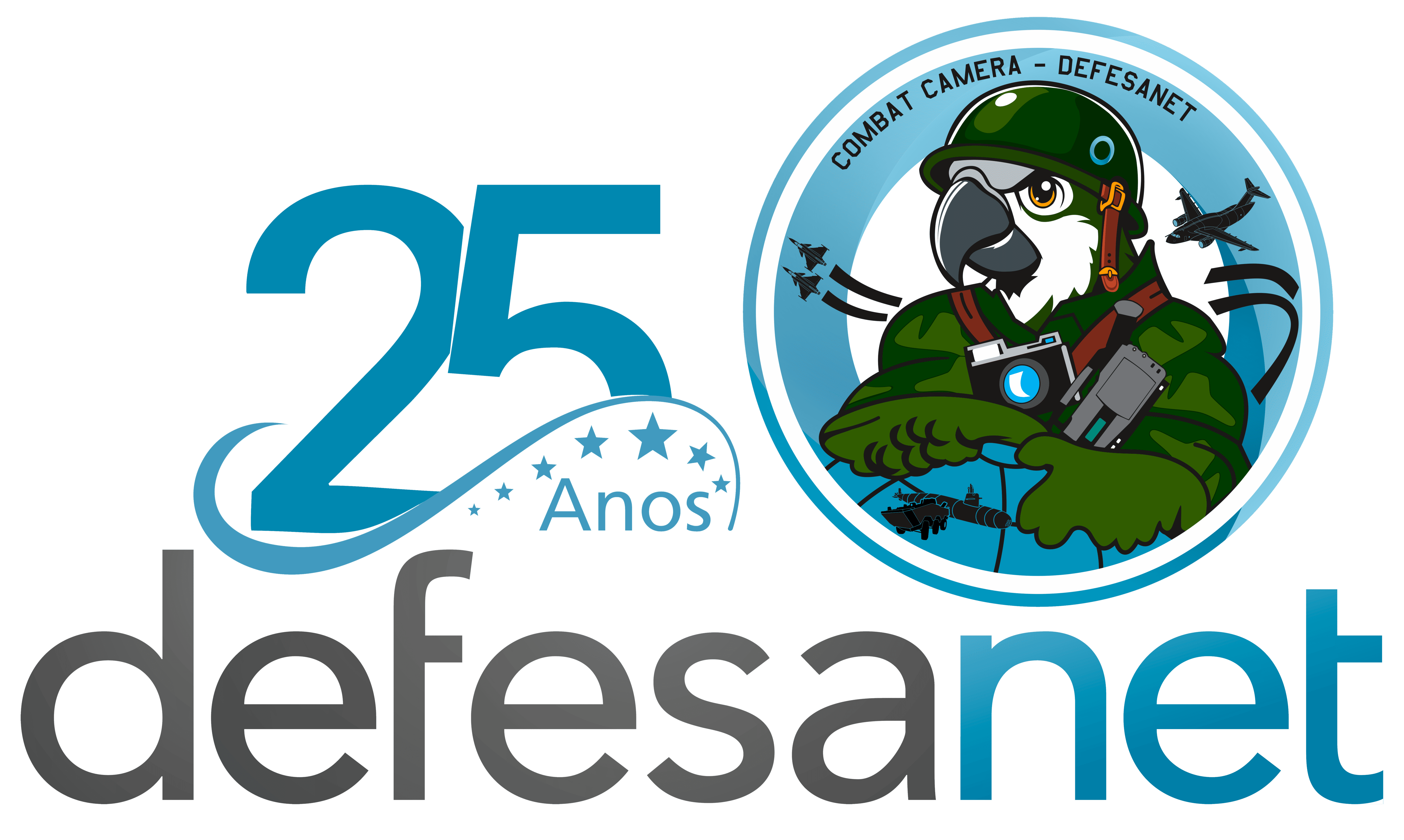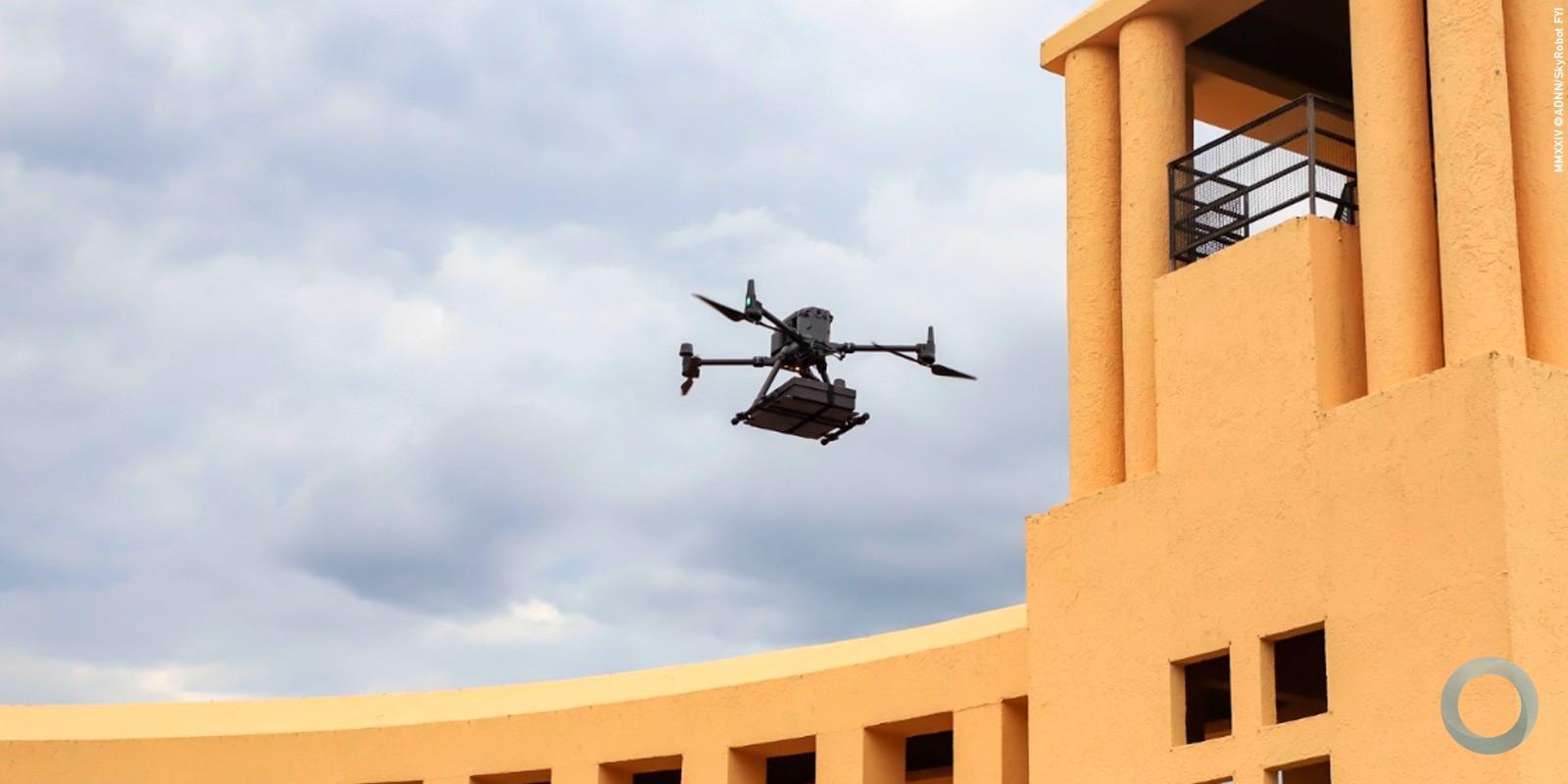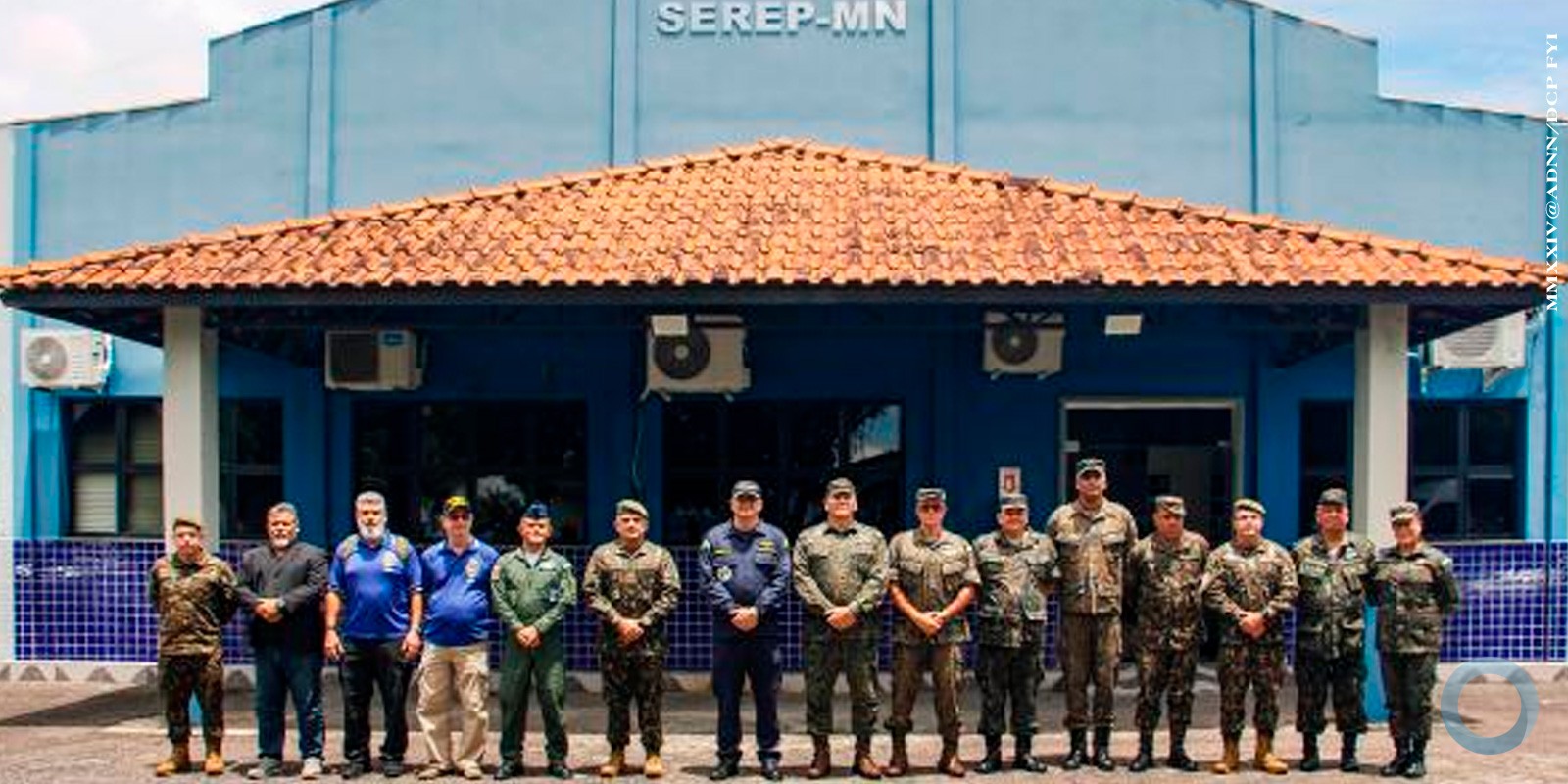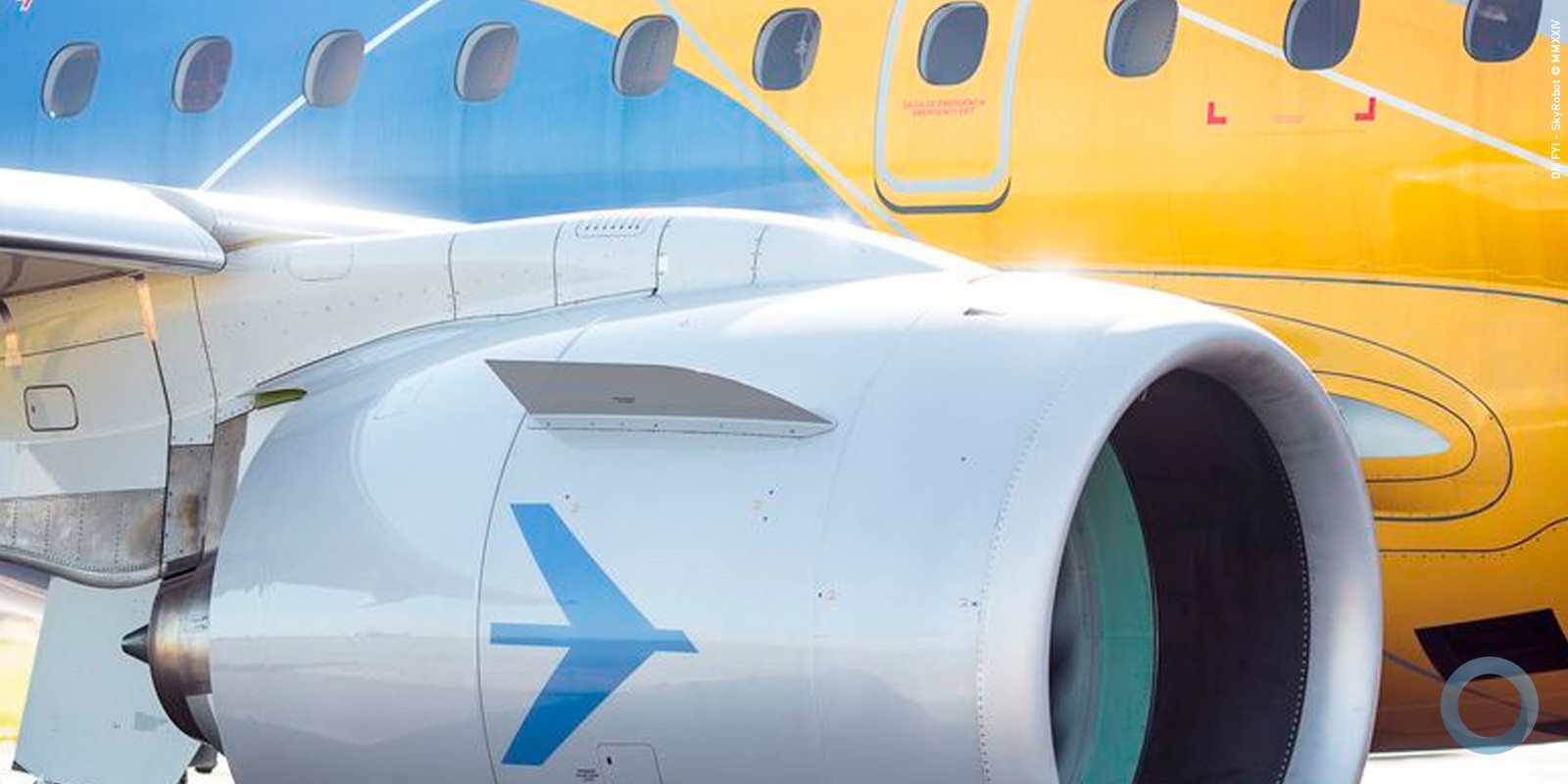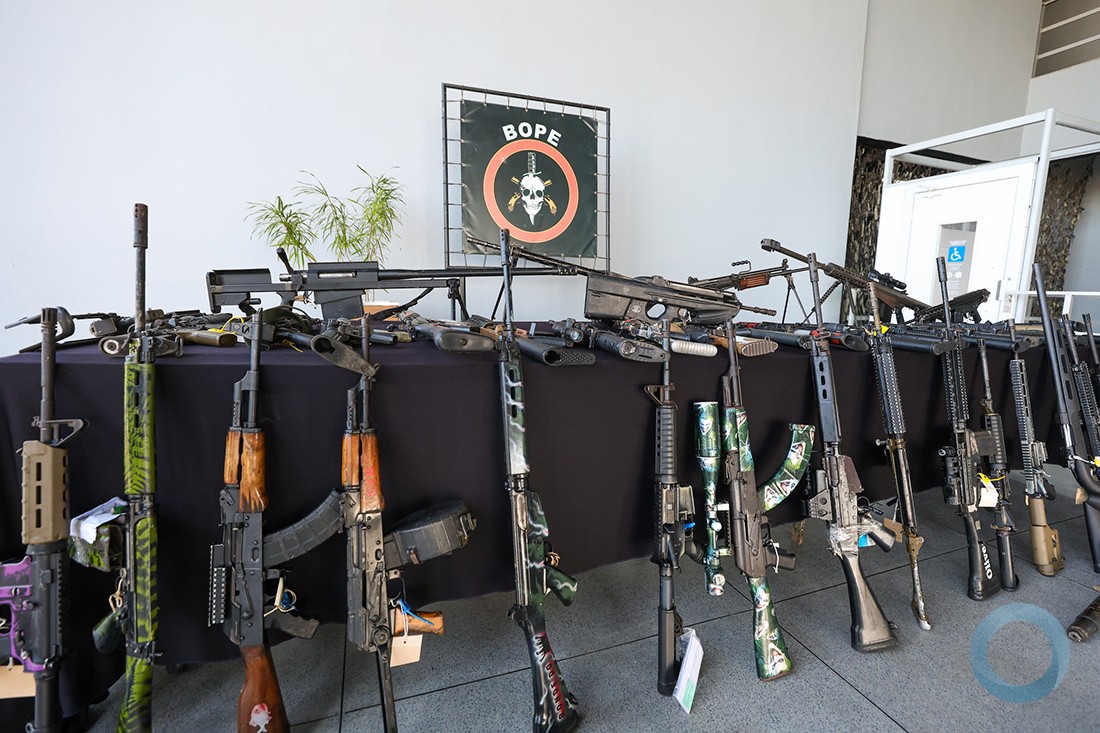Texto original e na íntegra do IISS. Inclui links
Para uma análise em português acesse matéria de O Estado de São Paulo – Link
The authority of the Brazilian government is being challenged in sparsely populated parts of the Amazon rainforest by gangs involved in the global drugs and arms trade. Although the Amazon was deemed a priority in the 2008 Brazilian National Defence Strategy, the army has been unable to stop trafficking through the region. Indeed, it has been handicapped by historical views of the dangers to Brazilian security, and seems only recently to have become aware of the true extent of the problem.
The northern and western areas of the Amazon are poor and underdeveloped, but vital for the country's energy needs. They are also now a key node in an international network of illegal trade in narcotics stretching from the highlands and forests of Colombia, Peru and Bolivia to consumer markets in Europe.
New rainforest drug routes
Regional and international trends during the last decade have accentuated the Amazon's importance within the global drug-trafficking network. The United States remains the largest consumer of cocaine, the main drug export of South American groups. However, the growth of addiction there has been reduced by anti-drug measures, while European use has doubled during the last decade. The 4.3–4.7 million European users of cocaine now account for about 30% of global consumption (compared to 37% in North America), and this shift has made the Atlantic Ocean more important for drug shipments. Both Brazil and West African countries now lie on strategic routes.
The Colombian government's successes in the fight against rebels of the FARC (Fuerzas Armadas Revolucionarias de Colombia), including the elimination of insurgent leaders, have also forced fighters over to the Brazilian side of the border. The Brazilian army's introduction in 2002 of SIVAM, a system of air-space monitoring, curbed the use of planes by drug gangs and forced them to use land routes through the rainforest.
These changes in the narcotics market have been accompanied by an increase in sophistication by drug gangs in the region. Whereas FARC was, and probably remains, the most organised group in South America, powerful gangs in other countries are narrowing the gap. Cocaine production in Bolivia and Peru has grown, partly due to a transfer of know-how from former militia members fleeing Colombia.
The UN says that Peru is catching Colombia as the world's leading coca grower and could surpass it as the world's leading cocaine producer. Some 61,200 hectares of Peruvian land were used to farm coca in 2010, a 2% rise from the previous year. Meanwhile, the area used to cultivate coca in Colombia dropped 15% to 62,000ha. Cocaine production in Colombia dropped to 350 metric tonnes in 2010; 302 metric tonnes were produced in Peru when a figure was last available (in 2008). In the past decade, coca cultivation in Bolivia has grown by one-third to 30,900ha; 113 metric tonnes of cocaine were produced there in 2008.
Also in 2008, the first coca plantation was discovered in the Brazilian rainforest. This raised concerns that the cartels had genetically modified the plants for more humid conditions than those found in the Andean highlands.
Filtering down to the favelas
The growing role of Peru and Bolivia worries Brazil, since its territory stands between their producers and the prosperous trafficking network through West Africa to Europe. During a Brazilian congressional hearing this year, a chief investigator of the federal police said that up to 70% of cocaine arriving in Brazil came from Peru and Bolivia. Brazil is the main hub for processing and refining Peruvian and Bolivian cocaine, according to a recent RAND Corporation report. It has also become an export hub. Groups from both Andean countries work with drug gangs in the slums of large Brazilian cities, such as Rio de Janeiro and São Paulo. In August 2008, police in Rio announced the discovery of the first cocaine refinery in Brazil, in the city's largest favela, Rocinha. It was capable of producing 250–500kg of cocaine a month.
Authorities in the region are now particularly concerned about the international ambitions of two of the most powerful and violent Brazilian drug gangs: the Red Command (Comando Vermelho, or CV) and the First Command of the Capital (Primeiro Comando da Capital, or PCC). Members of the Red Command were arrested in Bolivia in July. Both groups, according to Bolivian authorities, are using Bolivian territory not only as a refuge or safe haven, but also as a new front for the expansion of their operations. Bolivia is the main producer of marijuana in South America and the presence of the CV and the PCC may indicate an interest in acquiring Bolivian cannabis for the consumer markets in Brazil's urban centres.
Drug gangs from Brazil, Peru and Bolivia all benefit from connections with, and know-how from, Colombia's FARC rebels. While some authorities have downplayed FARC's presence inside Brazil, a secret police report obtained by the newspaper O Estado de São Paulo has shown that a sophisticated FARC operation has grown for years in the Brazilian Amazon, which neither the army nor police has been able to stem. The document detailed investigations leading to the arrest of José Samuel Sánchez, described by the federal police as a member of FARC's First Front. According to the police account, FARC had a complex structure inside Brazil: its members used rivers in the rainforest to take drugs from Colombia to Manaus, the capital of Amazonas state. From there, the shipments were taken to other, richer Brazilian states and onwards to Europe. The members kept in daily contact with their leaders in Colombia.
The newspaper also interviewed a former FARC operative, who said that some members were sent to Brazil to learn more about how the local government and social structures work.
The Amazon is not only used by drug traffickers. The authorities' inability to monitor the area and its porous borders has made the region a popular transit point for various illegal groups. Earlier this year, pirates launched a spate of attacks on riverboats in the northern state of Pará.
The same state has been used by arms traffickers, who have recruited local citizens to operate shipments to other states. The main destinations of the weapons are the favelas in Rio and São Paulo, where they help fuel a war that is decimating Brazilian youth. A Justice Ministry report entitled ‘Map of Violence' has described an ‘epidemic' of murder among the youth, with the homicide rate among young people having almost doubled between 1998 and 2008. During this period, 81,000 teenagers (aged between 15 and 19) were murdered, putting Brazil top in the world rank of youth homicide, according to UNICEF.
Paranoia about foreign invasion
Sharing 11,000 kilometres of frontier with the three largest cocaine producers in the world (Colombia, Peru and Bolivia), Brazil's security apparatus to protect these areas is surprisingly limited. There are fewer than 1,000 federal police, according to one lawmaker involved in recent debates about Amazon security. Another lawmaker said that the federal government has invested only 10% of the 410 million reais ($259m) promised last year for the fight against drugs.
The Brazilian authorities have repeatedly stressed the importance of the Amazon for national security. However, the Amazon basin, covering half of the country's territory, is home to only 13% of its armed forces. Around one-quarter are based in the south, reflecting earlier concerns about a possible war (however unlikely) with neighbouring Argentina. Armoured vehicles are also less effective in Amazonian terrain, and limited infrastructure means the army must rely on jungle specialists often drawn from indigenous communities. In addition, according to the Folha de São Paulo newspaper, around half of the country's military equipment is in poor condition and unusable. A commander in the western Amazon, Dennis Teixeira, admitted to media giant Globo that the rainforest is just too vast for the current resources assigned to monitoring the borders.
Perhaps the greatest sign of outdated strategic thinking in the Brazilian military is the obsession with a potential invasion by foreign powers to claim the Amazon and its rich natural resources. The National Defence Strategy (NDS) unveiled in 2008 called for an upgrading of the country's armed forces and a remaking of its defence industry. It calls on the country to invest in more technologies, such as satellites and even nuclear submarines – in keeping with Brazil's rising global status. But in the Amazonian region, the NDS remains preoccupied with a potential invasion. The strategy consists of preparing the army for an 'asymmetric war … against an enemy with vastly superior military power' (by implication, the United States or a coalition of foreign powers). The concern has been described as 'paranoia' and a sign of ‘political immaturity' by the American embassy in Brasília, according to documents published by WikiLeaks.
But the 'paranoia' has become entrenched in Brazilian culture. A national poll conducted by CNT/Sensus Institute and Veja magazine in 2007 showed that 83% of the Brazilian military establishment believed the Amazon was at risk of foreign occupation. Among civilians, 73% shared this opinion. Roberto Mangabeira Unger, the Minister for Strategic Affairs under former president Luiz Inácio Lula da Silva, repeated the mantra in 2008; among his main concerns for the Amazon rainforest were a foreign invasion by a vastly superior army; a similar action by a neighbouring country sponsored by a major world power; and infiltration by irregular forces. The last concern has only recently begun to be treated as seriously as the first two. The result is that the country's security apparatus is unprepared to curb the real foreign invasion, namely that by drug and arms gangs. The military chief responsible for the Amazon in 2008, General Augusto Heleno Ribeiro, said that the country was unprepared to fight illegal activities.
Improving border security
Towards the end of the Lula administration, the army began making plans to better control the lawless areas of the north. Part of this was the 2009 Braco Forte (Strong Arm) strategy intended, among other things, to increase force mobility throughout the country. Lula's successor, Dilma Rousseff, has said that the border situation is the country's number-one security challenge. In January, her government officially announced SISFRON, an integrated system of satellites, armoured vehicles and unmanned aerial vehicles (UAVs or drones) to monitor Brazil borders, and allocated the project 10 billion reais ($6.3bn) to be spent up to 2019. The government has also said it wants the number of soldiers assigned to Special Border Platoons to grow from 25,000 to 48,000. In June, Rousseff reaffirmed her commitment to cracking down on transnational crime along the almost 17,000km land border, with a strategic border plan that stressed cooperation with Brazil’s ten neighbours, between the federal government and Brazilian states, and between the military and other agencies.
Curbing infiltration into the rainforest, however, is an ambitious aim, and it remains uncertain whether the announced increases in investment and manpower will be enough. Past programmes have focused on electronic surveillance, mainly of the air space, while patrols by land remained more sporadic. The forest covers 4.2m square kilometres of land inhabited by just over 20m people, roughly 10% of the country's population. Poverty is widespread, meaning involvement with foreign illegal groups can be an attractive way of making a living.
Along the border region with Peru and Colombia, for instance, tribes such as the Tikuna have become involved with drug trafficking, accepting cash to become drug mules, according to the New York Times. They are useful to foreign drug groups because of their local knowledge. Drug and alcohol abuse have also spread among young tribal members. The region is riddled with land disputes between indigenous communities and farmers. A recent focus of conflict was the Raposa-Serra do Sol indigenous reservation, an area roughly the size of England. After violent clashes in the past few years, the reservation is now home to 17,000 indigenous people, living in poverty. In this poor and sparsely populated region, the authorities face a hard time establishing the state's presence and enforcing the law.
The National Defence Strategy recognised the link between security and sustainable development of the Amazon, including better regulations for land ownership. But Brazilians are taking only small steps towards tackling the social exclusion and misery that allows foreign armed groups to proliferate. Amid the 'paranoia' about a foreign invasion of the resource-rich region, Brazilians themselves are leaving the Amazon behind. Poverty affects 42% in the Amazon, whereas the rate for the whole of Brazil is 28.8%. Even clean drinking water remains a distant dream for one-third of the population, in the region with the richest water resources in the world – which helps power the country’s significant hydroelectric industry.
So despite the planned arrival of new troops and equipment, foreign and home-grown gangs will probably continue to find safe haven among the impoverished local population. The next challenge facing security authorities will be to balance the fight against drug gangs with policies for social development and environmental protection.
